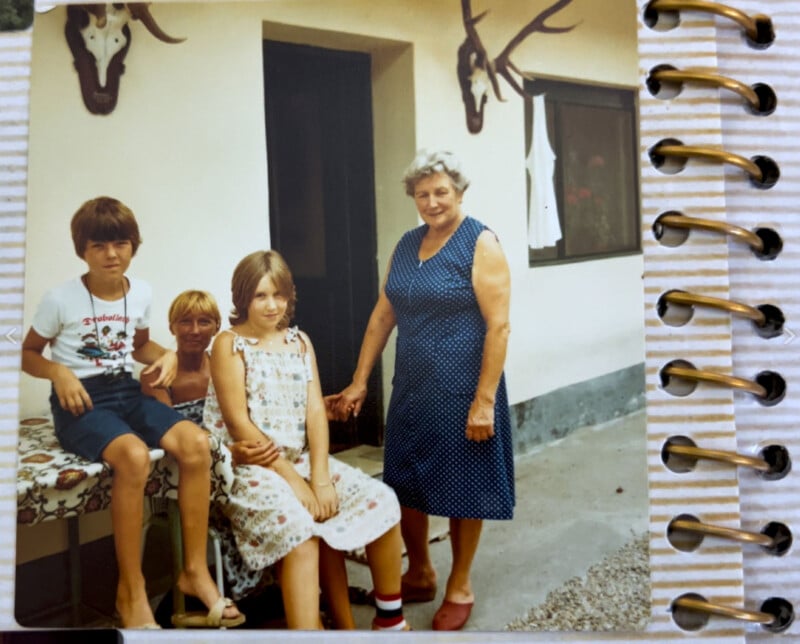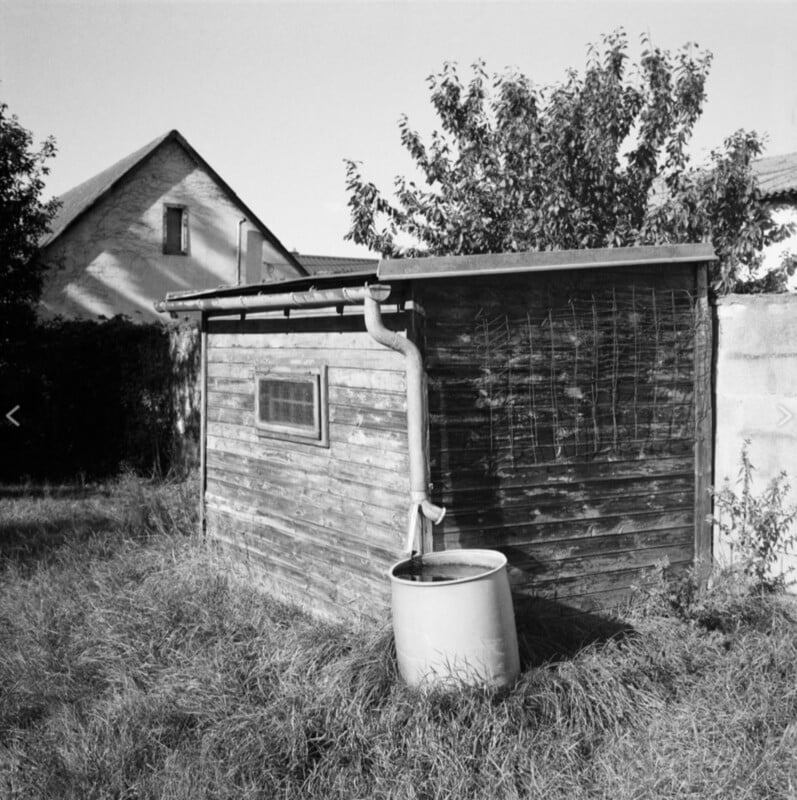Photographer Recaptures Childhood Memories With His Grandfather’s 70-Year-Old Camera
![]()
Austrian photographer Markus Hofstaetter is always doing fun photography projects, whether it’s turning a Leica M11 into a fancy film scanner, shooting wet plate portraits with a teeny-tiny lens, or creating HDR tintypes. His latest project is refurbishing his grandfather’s compact folding Agfa Super Isolette rangefinder camera.
Hofstaetter had this camera in his possession for “many years” and didn’t even realize it. Only when going through old cameras to sell did he stumble upon it, realizing at once that it was his grandfather’s old camera.
“As always it was labelled with my grandpa’s name and with that I figured this must have captured lots of my childhood memories. So I went through some old photo albums and looked for square photographs,” Hofstaetter writes. Sure enough, he found many square photos in the family photo album. “Back then, I already had a camera around my neck,” the photographer writes of his boyhood memories with his grandparents.
Naturally, these photos brought back a lot of good memories for Hofstaetter, so he decided to bring the old camera up to speed and use it to recapture places from his childhood. But first, he had to learn more about the camera.
![]()
The Agfa Super Isolette is a coupled-rangefinder camera made by Agfa from 1954 to 1960. The camera records 6×6-centimeter photos on 120 medium-format film. Despite the large photo area, the Super Isolette is a reasonably compact camera. Focusing is achieved by moving the entire 75mm f/3.5 Solinar lens. Hofstaetter says the lens is “very sharp” and the 10-bladed aperture can create “wonderful creamy bokeh.”

Photography is such a compelling way to experience and relive important memories. For Hofstaetter to be able to return to some important places from his childhood and use his grandfather’s 70-year-old camera to document them is especially powerful. Being able to hold these photographs as prints as a significant part of the experience, too.

“We have our memories mostly on paper,” Hofstaetter explains, “because our parents and grandparents were capturing them with analog cameras. Today’s generation capture them with their phone mostly, and hopefully, they have backups so they can have a look at it in 20 or 30 years.”
Hofstaetter considers himself very fortunate to now have two beautiful and very personal rangefinder cameras in his collection, with his grandfather’s Agfa Super Isolette joining Hofstaetter’s prized Leica.
Image credits: Markus Hofstaetter